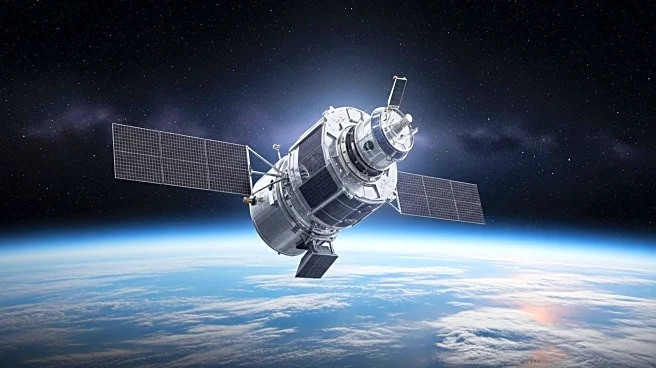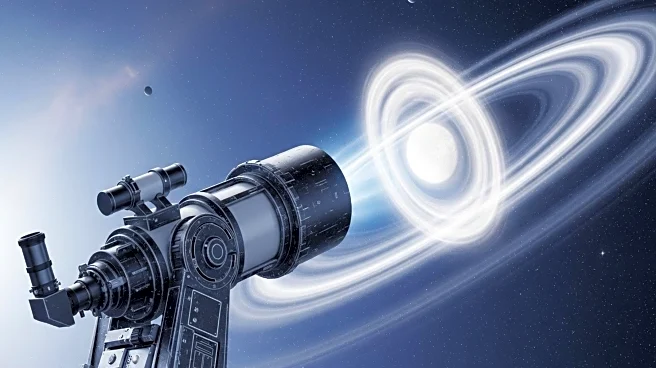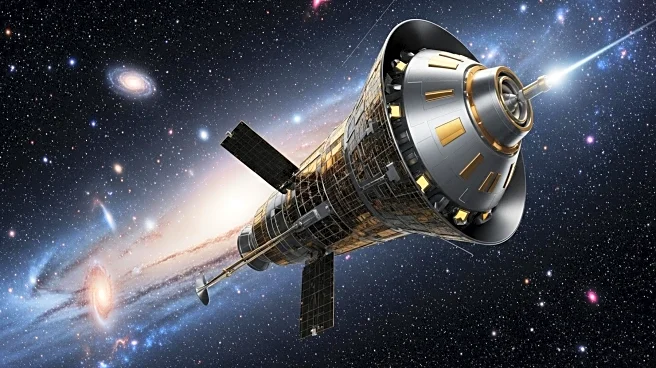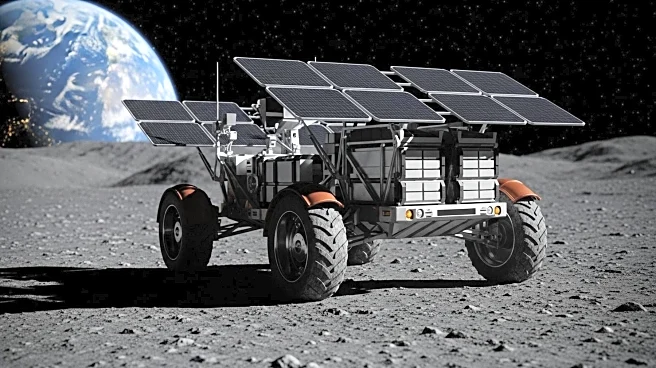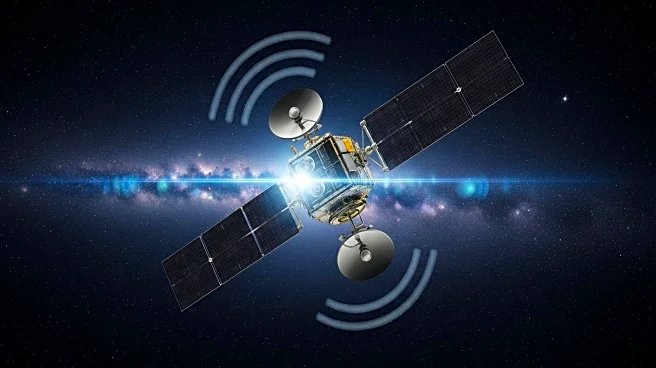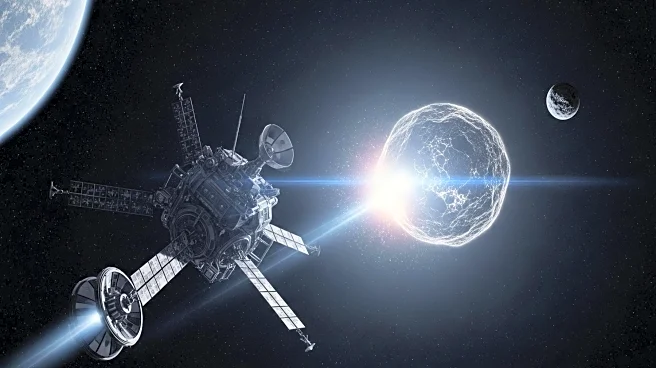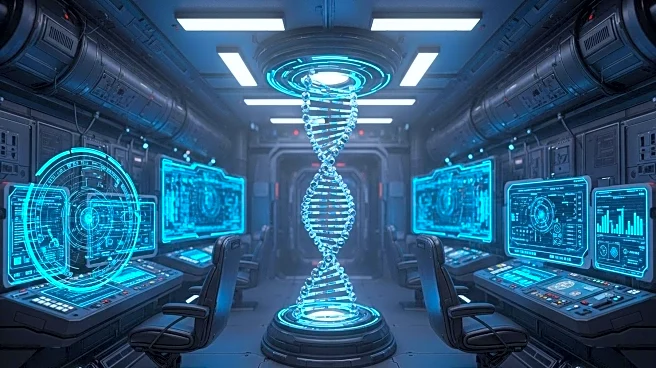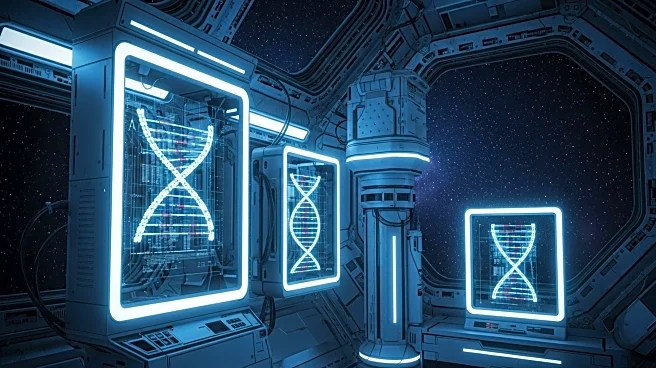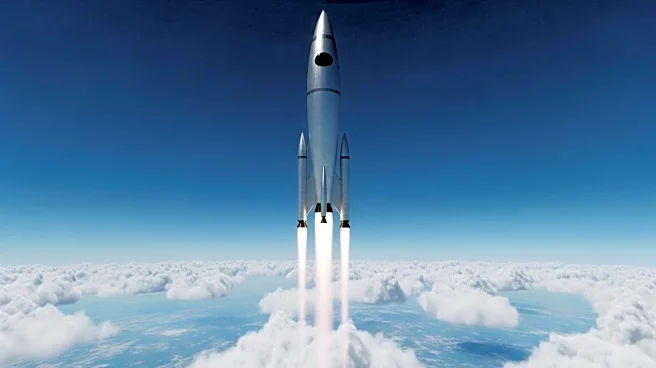What's Happening?
NASA has launched the Carruthers Geocorona Observatory to study Earth's geocorona, a halo of hydrogen surrounding the planet. Positioned at the L1 Lagrange point, the observatory will use advanced UV imaging technology to capture detailed images of the geocorona, which extends nearly halfway to the Moon. This mission aims to provide insights into atmospheric phenomena and hydrogen loss, crucial for understanding the habitability of exoplanets. The observatory's journey began at Kennedy Space Center, joining other probes at the L1 point, a stable location between Earth and the Sun. The mission honors Dr. George Carruthers' vision and marks a significant advancement in planetary atmosphere research.
Why It's Important?
The Carruthers Geocorona Observatory's mission is pivotal for the search for habitable exoplanets. By studying Earth's hydrogen loss, scientists can gain insights into the water retention capabilities of other planets, a key factor in determining habitability. Water is essential for life, and understanding hydrogen dynamics can refine models of exoplanetary atmospheres. The observatory's findings could redefine criteria for habitability, aiding astronomers in identifying planets with life-supporting conditions. This mission not only explores Earth's atmospheric boundaries but also extends our knowledge about life in the universe, potentially reshaping the search for extraterrestrial life.
What's Next?
The observatory will enter its commissioning phase at the L1 point, with data collection expected to begin by March next year. The mission is planned for two years, but successful objectives could extend its operational life. This prolonged observation period is crucial for gathering extensive data on the geocorona and its interactions with solar particles. As scientists analyze the data, they may discover new indicators of habitability, influencing future exoplanet exploration strategies. The mission's success could lead to further advancements in UV imaging technology and planetary atmosphere research.
Beyond the Headlines
The Carruthers Geocorona Observatory represents a leap forward in UV imaging technology, offering unprecedented clarity and detail. This technological advancement not only enhances our understanding of Earth's atmosphere but also serves as a tool for exploring planetary atmospheres beyond our solar system. The mission bridges past aspirations with future possibilities, carrying the hopes of scientists eager to uncover the secrets of Earth's atmosphere and the cosmos. As the observatory begins its journey, it fuels the broader quest for habitable worlds and life beyond Earth.

